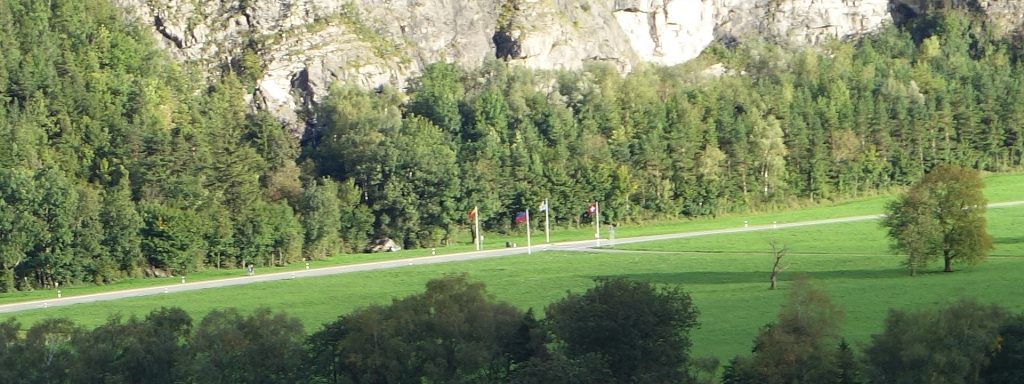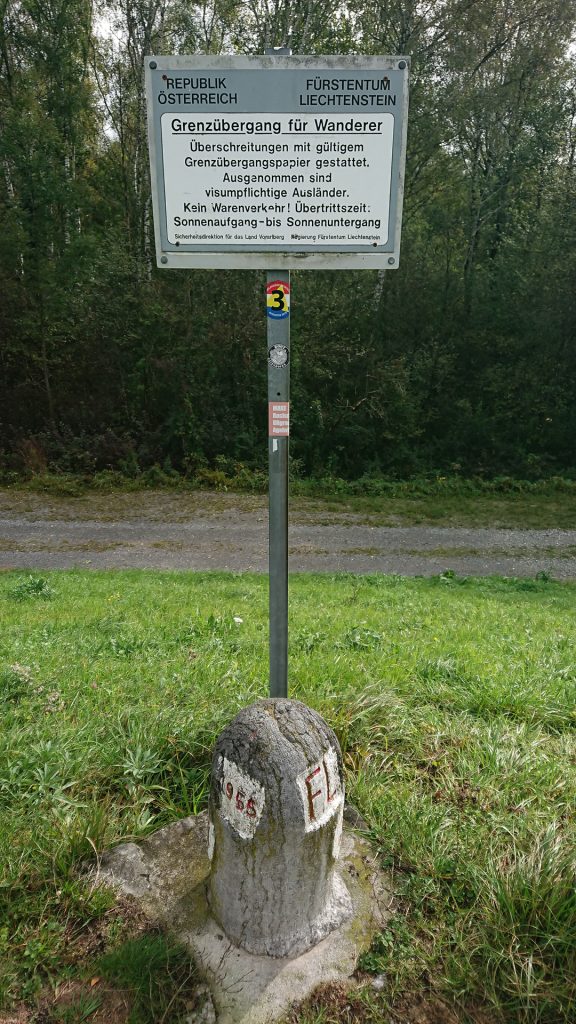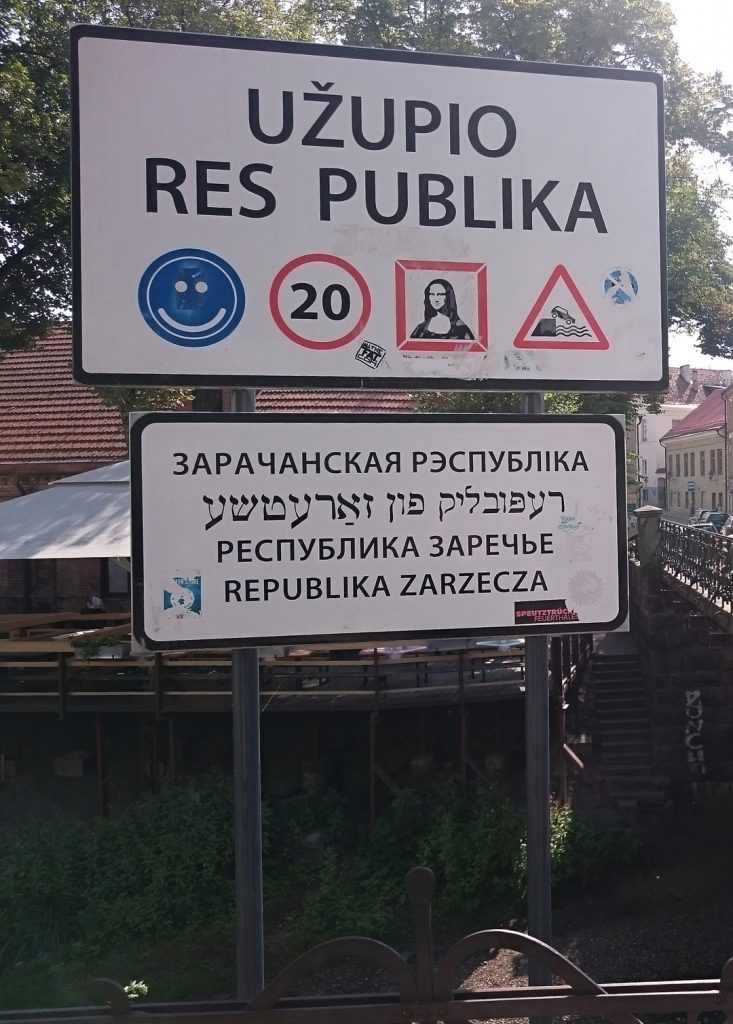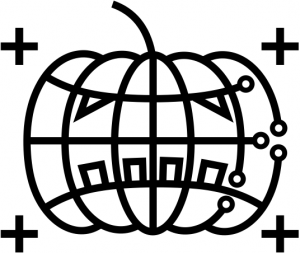Halloween Special: Mind the Gap!
October 31st, 2022 | by Andreas Richter
(3 min read)

It is Halloween again and we came up with another scary topic you might not be aware of: Borderless automated driving! In general, automated driving has to consider the same road traffic rules that we humans have to stick to. But as humans we have the advantage of gut feeling to compensate for situations in which we currently don’t know the exact rules. We might violate them because we don’t know the exact speed limit, we might follow them because a longitudinal solid line often means the same everywhere. But what happens if we leave one sovereign territory and approach another on? Mind the gap!

Often, the official limit of a country is the toll or border station. Each country has one; therefore, you are passing two while crossing only one border. Behind each toll or border station there often is a sign explaining which general road traffic rules are taking effect. But what happens in between? Where exactly does the first country (and its rule set) end and where does the second country (and the respective rule set) begin? Sometimes you might even have to switch from left-hand driving to right-hand driving or vice versa. What will happen, if we violate the rules of the second country because we are not aware of already having entered it?

You could stuff this information into a map and the automated driving system would know were which rule sets have to be applied. But what will happen, if the localization system is not working properly due to shadows, for example?

Ok, the distance between two countries often is not so huge, thus you don’t have enough space for speeding or doing other rule-violating stuff.
Also the left-hand vs. right-hand driving is often solved with specific infrastructure like between Myanmar and Thailand directly after the 2nd Thai-Myanmar Friendship Bridge, or in Moyale between Kenya and Ethiopia, Rusumo between Tanzania and Rwanda right behind the Rusumo Fals, or after the Ponte do Rio Tacutu between Brasil and Guyana.
Where the lanes are switching can be taken as location to switch the rule set as well. But the former Myawaddy border crossing between Myanmar and Thailand is still confusing and a lot of other border crossings solve that with having no road markings at all – and then, we are back in uncharted territory. Using a ferry can solve the issue of switching from one rule set to another as well… or just remove the need for borders in general and find joint rules.

By the way: The left-hand vs. right-hand driving problem is not only an issue in the automotive domain. There are some countries out there, where the trains are not traveling on left side. When you travel from Germany to France, Switzerland or Austria you often change tracks; the same between Russia and China. But due to the fixed track layout this is not such a big issue at all.
Don’t get confused or even scared by driving autonomously outside the box! For every trick there will be a treat. GEONATIVES wish everybody a Happy Halloween!
